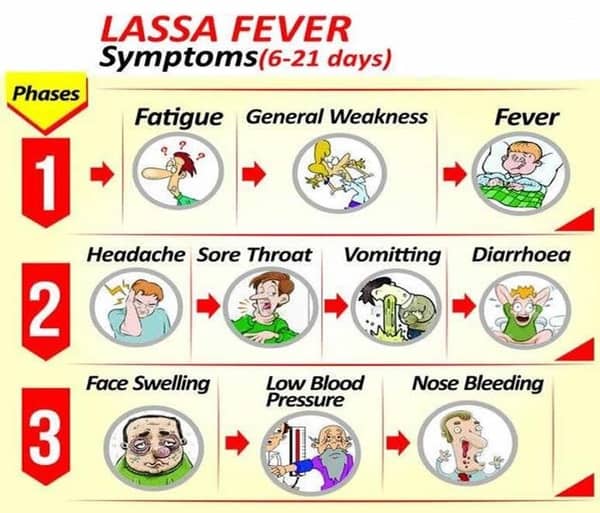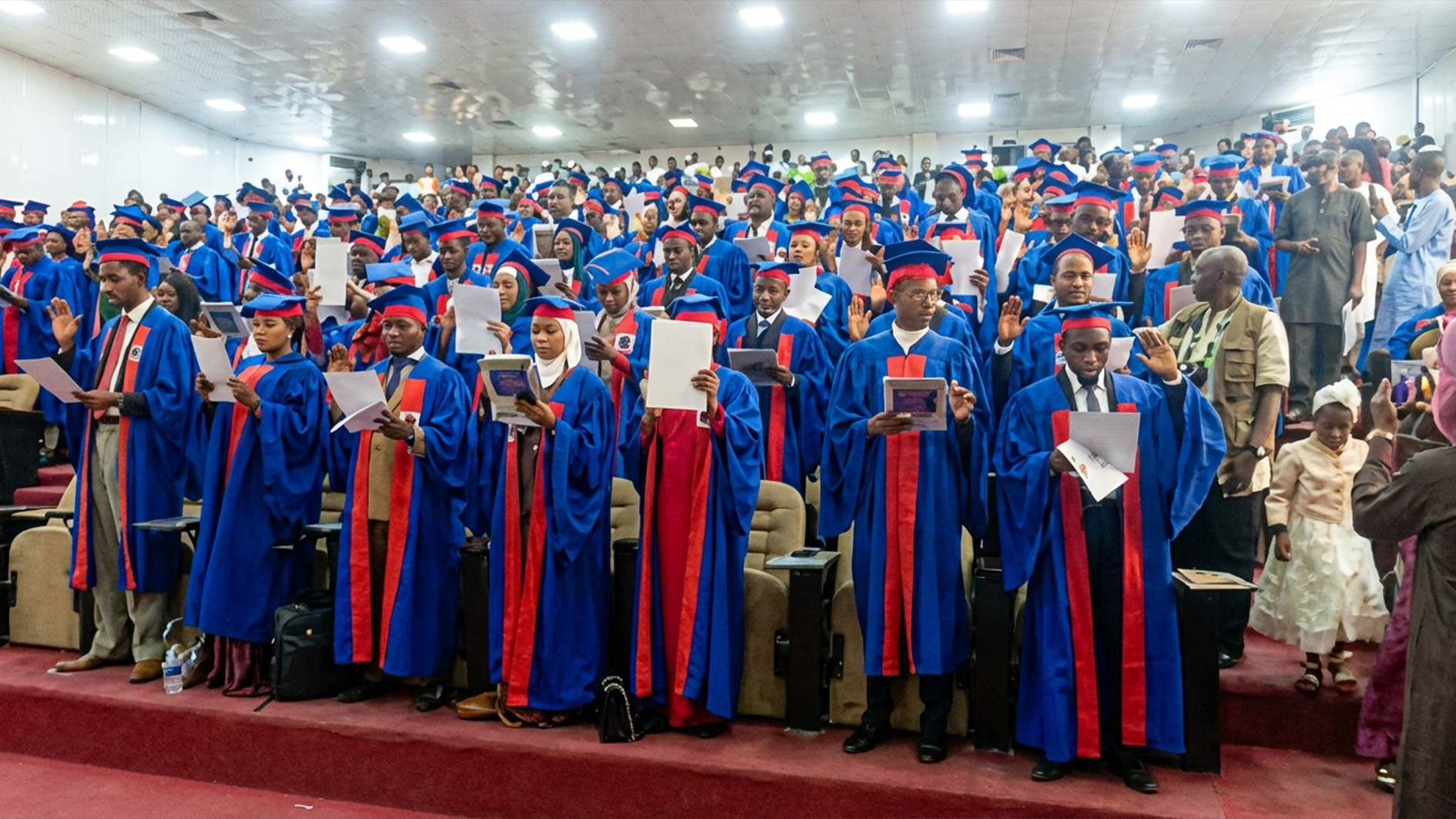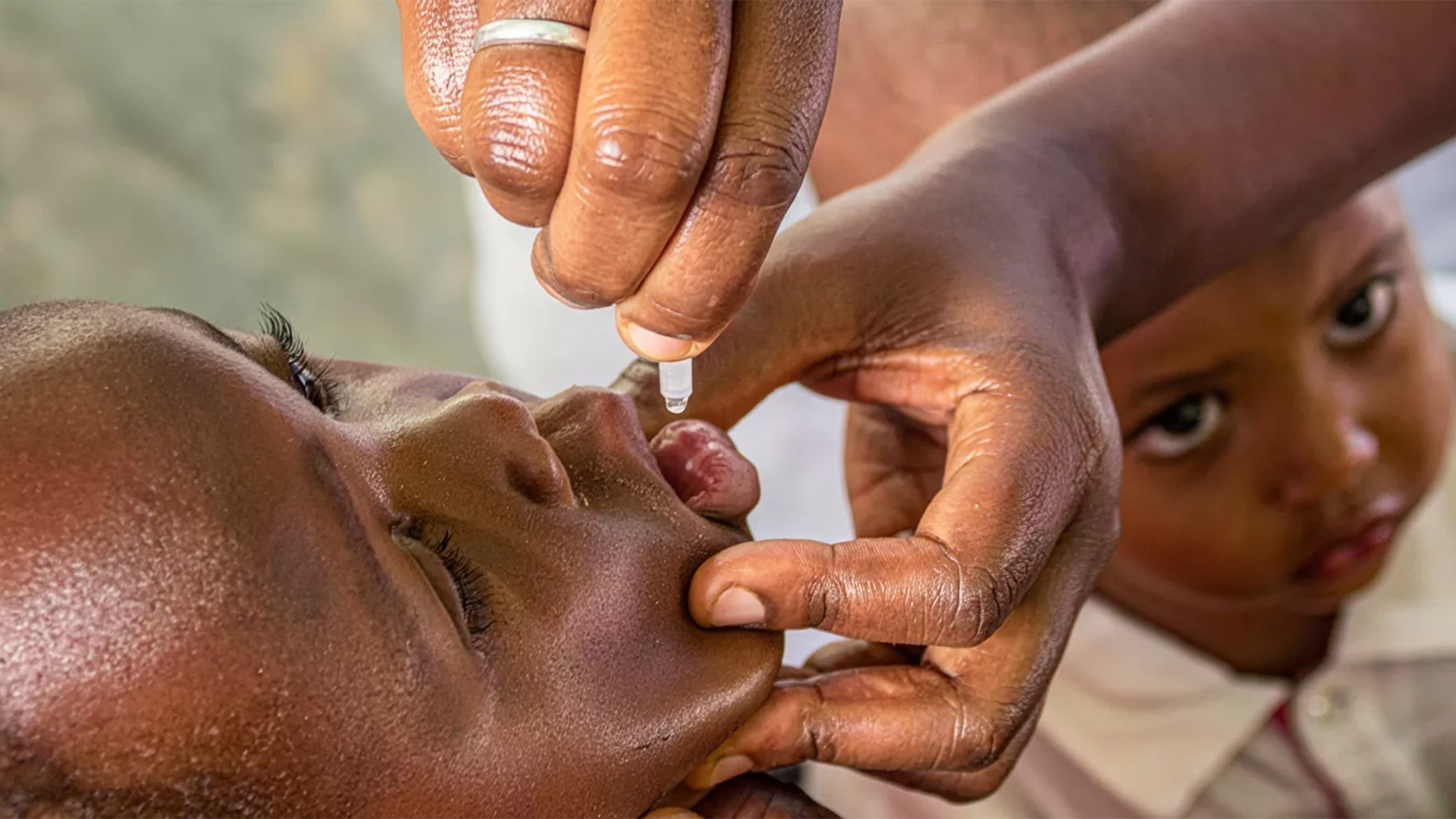 • Vaccination to avert $128 million societal costs in 10 years
• Vaccination to avert $128 million societal costs in 10 years
A new study on the Health and economic impacts of Lassa vaccination campaigns in West Africa has revealed that an estimated 3.4 million Lasa Fever infections occur each year, resulting in about 35,000 hospitalisations and about 8,300 deaths.
The collaborative study, funded by the Coalition for Epidemic Preparedness Innovations (CEPI) and conducted by leading institutions, including the University of Oxford, the University of Liverpool, and experts from the Nigeria Centre for Disease Control and Prevention (NCDC) showed that Lassa fever will cause about two million disability-adjusted life years (DALYs), $1.6 billion in societal costs, and $15.3 billion in lost value of statistical life (VSL) over 10 years.
The study highlighted the critical need to accelerate efforts in developing a Lassa fever vaccine, which could significantly mitigate the burden of the disease, stressing that vaccination against Lassa fever could save nearly 3,300 lives over 10 years and avert up to $128 million in societal costs.
The epidemiological model project on human Lassa fever burden over 10 years involved 15 West African countries- Nigeria, Benin, Burkina Faso, Côte d’Ivoire, The Gambia, Ghana, Guinea, Guinea-Bissau, Liberia, Mali, Mauritania, Niger, Senegal, Sierra Leone, and Togo.
The authors estimated the current economic burden of Lassa fever in West Africa and project the possible effects of different reactive and preventive vaccination campaigns in line with the 100 Days Mission in response to a hypothetical future variant of Lassa virus (LASV) with pandemic potential.
The groundbreaking research leverages advanced modeling techniques to deepen understanding of Lassa fever transmission dynamics and its potential impact on public health.
The modeling suggested that administering Lassa vaccines preventively to districts classed as endemic in Nigeria, Guinea, Liberia, and Sierra Leone would avert a “substantial share of the burden of disease in those areas.”
According to the research, in the most expansive rollout scenario, in which a vaccine reaches around 80 per cent of individuals in endemic districts and 5per cent of individuals elsewhere over three years, a vaccine that is 70 per cent effective against disease is projected to avert 164,000 disability-adjusted life years, $128 million in societal costs, and $1.3 billion in VSL lost over 10 years.
For the same scenario, a vaccine that is 90 per cent effective against both infection and disease could avert 240,000 DALYs, $188 million in societal costs, and $1.9 billion in value of statistical life (VSL) lost.
The authors noted that vaccination campaigns that target “known Lassa fever hotspots” will help to reduce the large health-economic burden. However, it will be important to expand vaccination beyond WHO-classified endemic districts. Improved surveillance is also “greatly needed.”
CEPI’s CEO, Dr Richard Hatchett, warned that Lassa fever, a “serious public health problem in West Africa”, is already likely to spread to other regions as “climate and environmental change increase epidemic risk.”
He observed that the study demonstrates the urgent need for a vaccine to protect people from this debilitating and sometimes deadly disease, which “we believe affects many more than those who are reported, due to limited access to diagnostics and healthcare.”
Lassa fever remains a priority for CEPI, and Hatchett is “proud” that CEPI is a world-leading Lassa vaccine R&D funder. The Head of Division, Preparedness and Response at the West African Health Organisation (WAHO), Dr Virgil Lokossou, reflected on the “burden” and “significant socioeconomic consequences,” and revealed the “urgent need to accelerate vaccine research and development.”
“The WAHO remains committed to working with our Member States, CEPI, and all stakeholders to ensure that we fast-track the development of a vaccine and other tools we need to control the spread of Lassa fever and protect our communities. Time is now up for concrete actions.”
Senior Researcher at Oxford Population Health’s Health Economics Research Centre, joint first author, Dr David Smith, called for investment in Lassa vaccination. “One major potential benefit of present investment in Lassa vaccination development is increased readiness to rapidly develop and deploy vaccines against future Lassa variants with pandemic potential.”
A research associate at the University of Liverpool, joint first author, Dr Joanne Turner, said that the analysis included vaccination campaigns designed to reflect “realistic assumptions.”
“Consequently, the impacts of our simulated Lassa vaccination campaigns were modest in countries other than Nigeria, Guinea, Liberia, and Sierra Leone. Yet the data underlying our model suggest that there is likely already a significant burden of Lassa fever outside these countries.”
Professor of Infectious Disease Epidemiology at the University of Oxford Big Data Institute, Déidre Hollingsworth, emphasised the importance of a vaccine to key populations.
He said: “Lassa fever predominantly affects low-income populations in rural areas and is likely to be underreported due to poor health access in these areas.
“Due to large gaps in Lassa fever surveillance and limited case reporting throughout much of its endemic range, we favoured a bottom-up modeling approach, synthesising the best available ecological, epidemiological, clinical, and economic data to project the cumulative health and economic burden of disease.”






